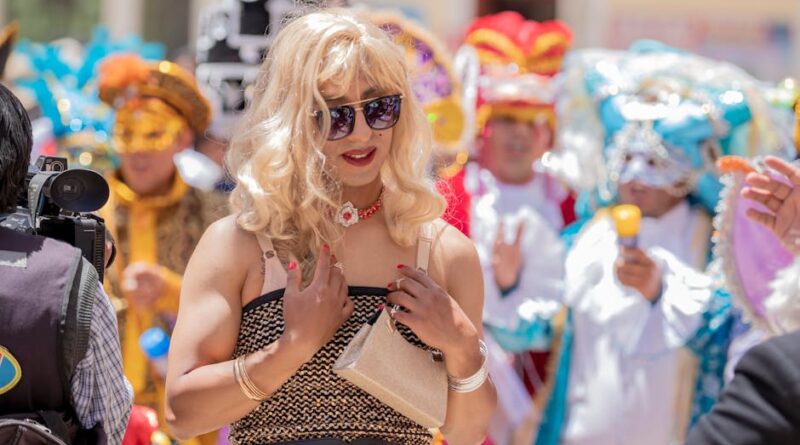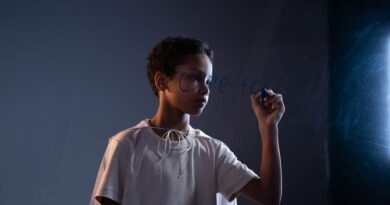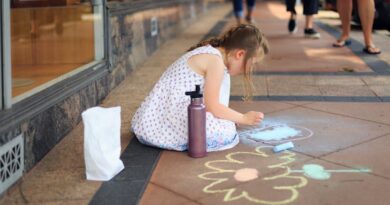Exploring the Beauty of Artistic Diversity Celebration
When we think of art, we often picture paintings, sculptures, or music. However, art is much more than just what meets the eye or ear. Artistic diversity celebration is a concept that embraces the myriad forms of artistic expression across different cultures, communities, and individuals. It is a celebration of uniqueness, creativity, and inclusivity that transcends boundaries and fosters a deeper understanding of the world we live in.
In this comprehensive guide, we will delve into the multifaceted world of artistic diversity celebration, exploring its significance, impact, and the ways in which it enriches our lives. From the historical roots of diversity in art to the current landscape of creative expression, we will uncover the beauty and power of celebrating artistic diversity.
The Historical Roots of Artistic Diversity Celebration
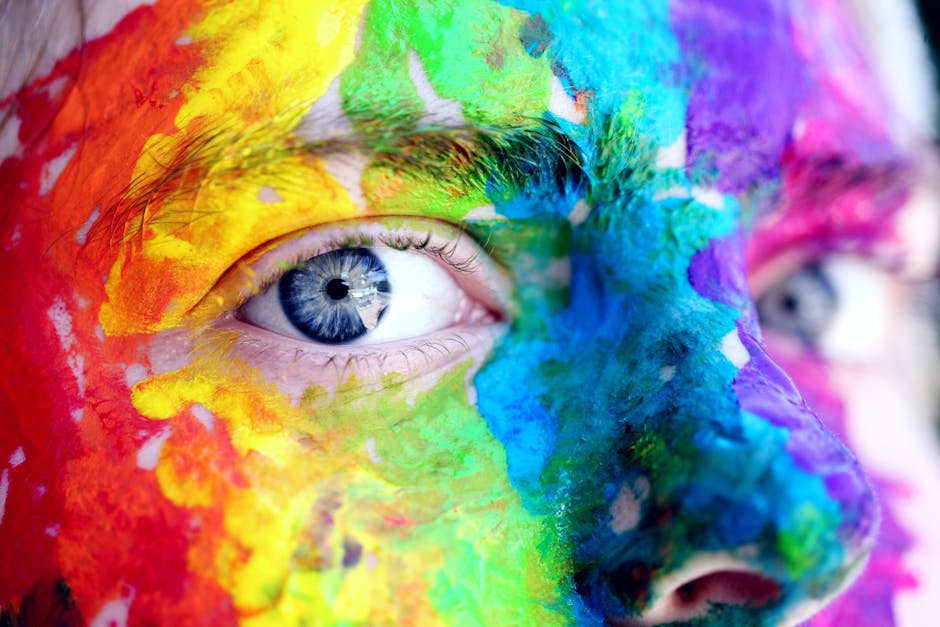
Artistic diversity celebration has a rich and complex history that dates back to ancient civilizations. Throughout the centuries, different cultures have developed unique artistic traditions that reflect their values, beliefs, and experiences. From the intricate patterns of Islamic art to the vibrant colors of African textiles, diversity has always been at the core of artistic expression.
One of the earliest examples of artistic diversity celebration can be seen in the Silk Road, a network of trade routes that connected Asia, Europe, and Africa. Along these routes, merchants traded not only goods but also ideas, culture, and art. This exchange of artistic traditions gave rise to a melting pot of styles, techniques, and motifs that continue to influence artists around the world today.
Fast forward to the Renaissance period in Europe, and we see a resurgence of interest in the diversity of artistic expression. Artists like Leonardo da Vinci, Michelangelo, and Raphael drew inspiration from the art of ancient Greece, Byzantium, and the Islamic world, creating a fusion of styles that revolutionized the art world. This period marked a shift towards a more inclusive and diverse approach to art, setting the stage for the celebration of artistic diversity in the centuries to come.
As we move into the modern era, the concept of artistic diversity celebration has evolved to encompass a wide range of art forms, from painting and sculpture to photography, film, and digital media. Artists today draw inspiration from a global palette of influences, breaking down barriers and challenging traditional notions of what art should be.
The Significance of Artistic Diversity Celebration
Artistic diversity celebration is not just about showcasing different styles and techniques; it is about embracing the richness and complexity of the human experience. By celebrating diversity in art, we acknowledge the unique perspectives, voices, and stories that make up our world. This celebration of diversity allows us to connect with others on a deeper level, fostering empathy, understanding, and appreciation for the beauty of our differences.
One of the key benefits of artistic diversity celebration is its ability to challenge stereotypes and prejudices. Through art, we can confront our biases and preconceptions, opening our minds to new ideas and perspectives. By engaging with diverse forms of artistic expression, we gain a greater awareness of the cultural, social, and political issues that shape our world, leading to a more inclusive and tolerant society.
Artistic diversity celebration also plays a crucial role in promoting social justice and equity. By giving voice to marginalized communities and underrepresented groups, art has the power to spark conversations, inspire change, and empower individuals to stand up for their rights. Through art, we can shed light on the injustices and inequalities that persist in our society, driving us towards a more just and equitable future.
Furthermore, artistic diversity celebration fosters creativity and innovation by encouraging artists to explore new ideas, experiment with different techniques, and push the boundaries of their craft. By embracing diversity in art, we create a fertile ground for artistic growth and evolution, leading to the emergence of bold, original, and groundbreaking works that challenge our perceptions and expand our horizons.
The Impact of Artistic Diversity Celebration
The impact of artistic diversity celebration is far-reaching and profound, touching every aspect of our lives. From the way we see the world to the way we interact with others, diversity in art has the power to shape our perceptions, attitudes, and behaviors in meaningful ways.
One of the most significant impacts of artistic diversity celebration is its role in promoting cultural exchange and understanding. Through art, we can bridge the gap between different cultures, languages, and traditions, fostering mutual respect, dialogue, and cooperation. By engaging with diverse forms of artistic expression, we can learn from one another, celebrate our shared humanity, and build a more harmonious and interconnected world.
Artistic diversity celebration also has a profound effect on individual well-being and mental health. Studies have shown that engaging with art can reduce stress, anxiety, and depression, improving overall emotional well-being and quality of life. By experiencing diverse forms of artistic expression, we can find solace, inspiration, and a sense of connection to something greater than ourselves, fostering a deeper sense of meaning and purpose in our lives.
Furthermore, artistic diversity celebration has a positive impact on economic development and cultural tourism. By celebrating diversity in art, communities can attract visitors, create jobs, and boost local economies through cultural events, festivals, and exhibitions. By showcasing the unique talents and creativity of their artists, cities and regions can position themselves as vibrant cultural hubs, attracting tourists and investors from around the world.
Challenges and Controversies in Artistic Diversity Celebration
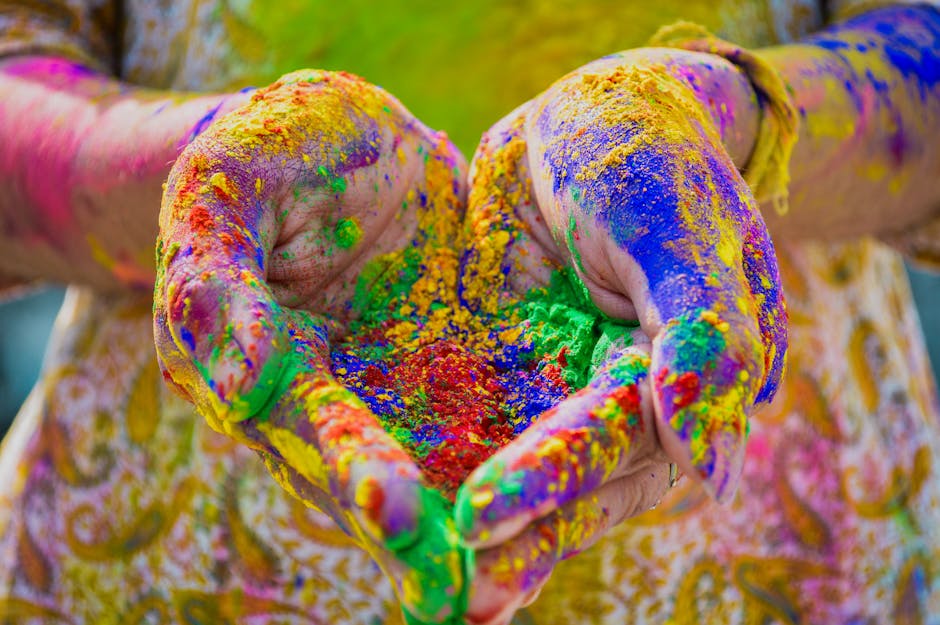
While artistic diversity celebration is a powerful and transformative force, it is not without its challenges and controversies. One of the main challenges is the lack of representation and visibility of marginalized artists and communities in the mainstream art world. Despite efforts to promote diversity and inclusion, many artists from underrepresented groups continue to face barriers to entry, recognition, and success in the art world.
Another challenge is the commodification of diversity in art, where diversity is seen as a marketing tool rather than a genuine commitment to inclusivity and equity. Some critics argue that the art world has become increasingly focused on tokenism and superficial gestures of diversity, rather than fostering meaningful and lasting change. This commodification of diversity can lead to the appropriation of marginalized cultures, the exploitation of artists, and the perpetuation of harmful stereotypes.
Controversies also arise around the question of who gets to define what constitutes diversity in art. Some argue that diversity should be defined broadly to include a wide range of voices, perspectives, and experiences, while others advocate for a more narrow and exclusive definition that prioritizes certain groups over others. This tension between inclusivity and exclusivity can lead to debates and disagreements within the art world, challenging our notions of what it means to celebrate diversity in art.
Future Implications of Artistic Diversity Celebration
As we look to the future, the implications of artistic diversity celebration are both exciting and profound. With advances in technology, globalization, and social movements, the art world is undergoing a transformation that promises to further enrich and diversify artistic expression.
One of the key implications of artistic diversity celebration is the democratization of art, where artists from diverse backgrounds have greater access to resources, platforms, and audiences to share their work. Through social media, online galleries, and virtual exhibitions, artists can reach a global audience, connect with like-minded creators, and build communities that transcend geographical boundaries.
Another implication is the growing recognition of the intersectionality of diversity in art, where artists explore the complex intersections of race, gender, sexuality, and other identities in their work. By highlighting the multifaceted nature of diversity, artists can challenge stereotypes, break down barriers, and create a more inclusive and equitable art world that reflects the richness and diversity of human experience.
Furthermore, the future of artistic diversity celebration lies in the hands of the next generation of artists, creators, and cultural leaders. By empowering young people from diverse backgrounds to pursue careers in the arts, we can ensure that the legacy of diversity in art continues to thrive and evolve, shaping the future of artistic expression for generations to come.
Expert Opinions on Artistic Diversity Celebration
To gain further insights into the world of artistic diversity celebration, we turned to experts in the field for their perspectives and expertise on this important topic.
Dr. Maya Patel, a renowned art historian and curator, emphasizes the importance of celebrating diversity in art: “Art has the power to transcend boundaries and connect us to our shared humanity. By embracing diversity in art, we can create a more inclusive and equitable society that values the unique perspectives and voices of all individuals.”
Johnathan Wong, a contemporary artist known for his innovative use of technology in art, highlights the role of technology in expanding the reach of diverse artistic expression: “Technology has revolutionized the way we create, experience, and share art. By harnessing the power of technology, artists can break down barriers, reach new audiences, and amplify diverse voices in the art world.”
Common Misconceptions about Artistic Diversity Celebration
Despite the many benefits and virtues of artistic diversity celebration, there are some common misconceptions and myths that persist in the art world. One of the most prevalent misconceptions is that diversity in art is only about representation and visibility. While representation is important, diversity in art goes beyond numbers to encompass a wide range of perspectives, experiences, and voices that challenge our perceptions and expand our horizons.
Another common misconception is that diversity in art is a form of political correctness or tokenism. Critics argue that efforts to promote diversity in art are driven by a desire to appease certain groups or meet a quota, rather than a genuine commitment to inclusivity and equity. However, true artistic diversity celebration is about fostering a culture of respect, understanding, and empathy that values the unique contributions of all artists and creators.
Conclusion
To wrap things up, artistic diversity celebration is a powerful and transformative force that enriches our lives, challenges our perceptions, and connects us to our shared humanity. By embracing diversity in art, we can create a more inclusive, equitable, and vibrant art world that reflects the beauty and complexity of the human experience.
As we continue to celebrate artistic diversity, let us remember that art has the power to transcend boundaries, spark conversations, and inspire change. By engaging with diverse forms of artistic expression, we can create a more just, compassionate, and harmonious world where all voices are heard, valued, and celebrated.

